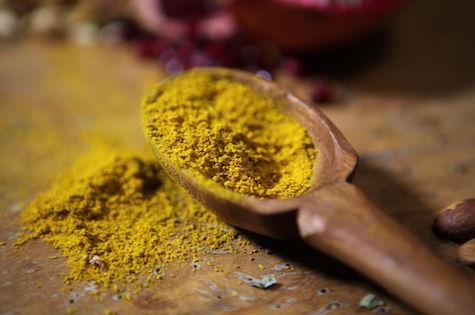By the end of today you’ve either done nothing to clean and nourish your skin or you’ve done more than enough, and in some cases gone too far to look younger that you risk damaging your skin.
The average woman uses 12 personal care products containing 168 unique ingredients every day. Men, on the other hand, use 6 products daily with 85 unique ingredients, on average.
When we get medication at a chemist the pharmacist is quick to advise us on what other medication we can’t take at the same time.
Yet powerful and sometimes harmful chemicals are found in skin care products that don’t mix well with other chemicals which could trigger break outs and eczema.
There are already signs we need to rethink anti-ageing skincare regimes with adult acne increasing 200 percent within 12 months and an increase in adult eczema.
Acne affects 50 percent of women in their adult lives and yes is driven by changes in hormone levels, poor diet and environmental factors but also harsh chemicals and preservatives found in some creams.
Sometimes it’s simply a case of women over treating their skin - using too many products on their face, many which contain chemicals not good for the skin or over exfoliate their skin.
On the opposite end of the spectrum are time poor women who have no daily skincare routine leaving them with undernourished and dehydrated skin.
This also leads to dry, itchy skin which can lead to breakouts and can trigger eczema, which is something that is already there, it’s just a matter of what triggers it.
A good cleanser, moisturiser and eye cream are the basics that’s needed to keep skin hydrated and nourished but natural is best, stay away from harsh chemicals and unsafe preservatives.
Powerful ingredients to look out for that will improve your skin are resveratrol, kakadu plum, tumeric, pomegranate, astaxanthin, and green tea.
“Tumeric, is a superfood for skin because it has anti-inflammatory and anti-bacterial properties, so it is excellent for wound healing and helping treat and prevent acne.”
But you need to be wary of:
- Packaging – Choose products contained in airless pump container because it means there will be less preservatives present that irritate the skin. Creams in a jar with a lid need a huge amount of preservatives to stop it from discolouring or separating and going cluggy.
- Colours – Creams that look pure white may have a bleaching agent in it which means more unnecessary chemicals on your skin. So watch out for colours added or bleaching agents added to get the cream a beautiful colour that appeals. It's ok if a cream is not perfectly white, that's most likely the active ingredients contributing to the different colours of your cream.
- Alcohol – They are not all bad, some are not actually a true alcohol but a side chain on a chemical. But watch out for alcohols at the top of the ingredients list as that is most likely harsh on your skin and will dry your skin out
- Smell – There is no need for a cream to have a very perfumy smell, that is not great for your skin. If a cream smells a bit medicinal, that may be a good thing as the creators have left the formula as is with the ingredients giving you the scent you smell.
- Harsh chemicals - you want to stay away from harsh chemicals including sulfates, phthalates and parabens. There are much better ingredients on the market that do the same job as these chemicals without being harsh on your skin or harmful.
ABOUT THE EXPERT
Donna Marcal is a biochemist who has extensively researched inflammation before launching Dermatonics – a skin care range that uses natural ingredients that undergoes a powerful process which eliminates contaminants. www.dermatonics.com.au








 Agree (0)
Agree (0) Disagree (
Disagree (








__small.png)










